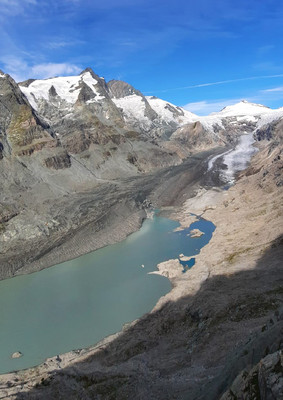Protecting Water Resources in the Alpine Region
Water resources are crucial for both human societies and ecosystems, especially in regions like the Alps where snow plays a fundamental role. However, climate change and human activities are posing significant challenges to the availability and quality of these resources.
Current State of Water Resource Protection
In the Lombardy region, the regulation on the use of river water is considerable satisfactory, with policies in place to promote ecological flow, which is essential for preserving ecosystems. However, the increasing use of snow machines in ski resorts and hydroelectric power generation are consuming significant amounts of water and energy, often to the detriment of river ecosystems.
According to statistics, freshwater consumption is divided as follows: 70% in agriculture, 22% in industry, and 8% for human consumption and services. These figures highlight the need for policies that take into account the major consumers of water resources.
Despite these regulations, the Italian Alps are experiencing a significant snow deficit. An analysis by the CIMA Research Foundation reveals a 29% snow deficit, which, although an improvement from the 66% deficit at the end of 2023 and early 2024, still indicates a worrying trend. This snow drought is contributing to critical hydrological conditions in major rivers like the Po and Adige, affecting both ecosystems and human societies.
Measures to Prevent Negative Impacts
To address the negative impacts of climate change on water resources in the Alpine area, several measures can be taken:
-Regulation of Mountain Waters: Implementing recommendations for the regulation of mountain waters can help preserve the delicate balance of these ecosystems. This includes maintaining ecological flows and protecting water quality.
-Scientific Research: Conducting scientific studies on the causes of snow scarcity and other climate-related issues can provide valuable insights for developing effective mitigation strategies. Understanding the underlying factors driving these changes is essential for creating targeted interventions.
Empowering communities: Encouraging community involvement in water management initiatives can foster a sense of ownership and responsibility. Young people can be engaged through volunteer programs, local conservation projects, and citizen science initiatives.
Examples:
Lakes: The drought has led to critically low water levels in many of Northern Italy’s lakes, such as Lake Como and Lake Garda. These lakes are essential for maintaining local biodiversity, providing habitats for various aquatic species. Reduced water levels can lead to higher water temperatures and lower oxygen levels, which can be detrimental to fish and other aquatic life. Additionally, the surrounding wetlands and riparian zones, which depend on stable water levels, are also affected, leading to a loss of biodiversity.
Ski Resorts: The lack of snowfall has been particularly challenging for ski resorts in the Italian Alps. Snow droughts, characterized by reduced snowfall and shorter snow seasons, have become more frequent. This not only affects the natural landscape but also the availability of water resources for snowmaking, which is crucial for maintaining ski slopes. The reduced snow cover also impacts the alpine flora and fauna, which are adapted to specific snow conditions.
Tourism: The ski industry is a significant economic driver in Northern Italy. Ski resorts attract millions of tourists each year, contributing substantially to the local economy. However, the reduced snowfall and shorter ski seasons have led to a decline in tourist numbers. Resorts are forced to invest heavily in artificial snowmaking, which is both costly and resource-intensive. This increased expenditure, coupled with lower revenues from tourism, puts financial strain on the ski industry.
Agriculture: The drought also affects agriculture, which is a vital part of Northern Italy’s economy. The Po Valley, known as Italy’s breadbasket, relies heavily on water from rivers and lakes for irrigation. The reduced water availability has led to lower crop yields, affecting the livelihoods of farmers and increasing food prices. This, in turn, impacts the broader economy, as agriculture is closely linked to food processing and other related industries.
Hydroelectric Power: Northern Italy relies on hydroelectric power for a significant portion of its energy needs. The reduced water levels in lakes and rivers have led to lower hydroelectric power generation, forcing the region to rely more on fossil fuels, which are more expensive and environmentally damaging. This shift not only increases energy costs but also contributes to higher greenhouse gas emissions.




